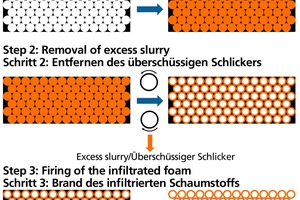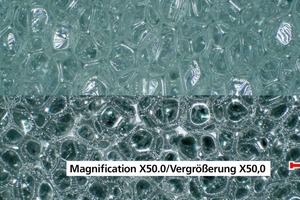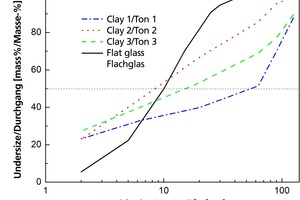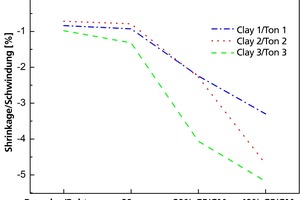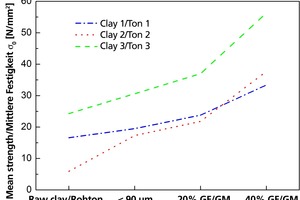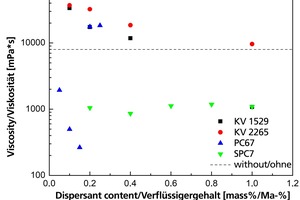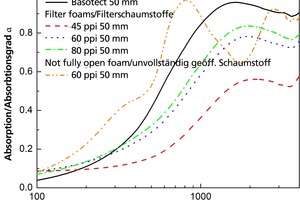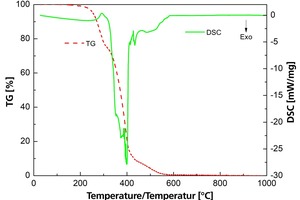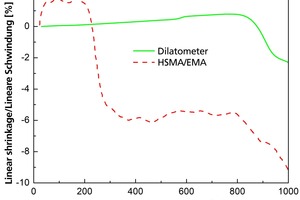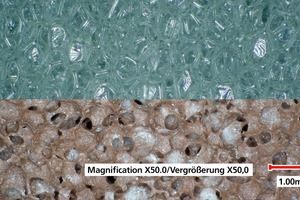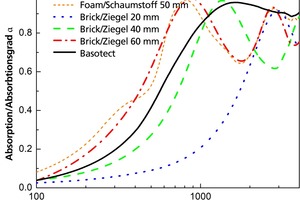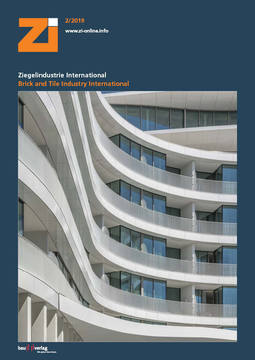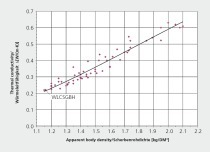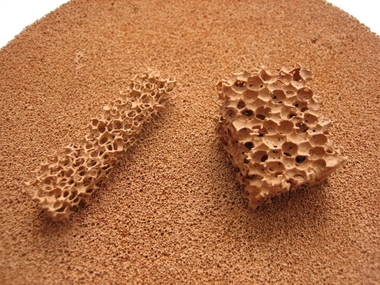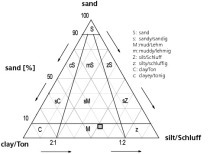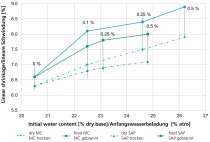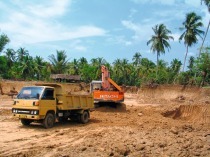Production of sound-absorbing clay bricks with the replica process
In a research project, sound-absorbing clay bricks were produced with the objective of reducing noise exposure in interior spaces. For this, the replica process was applied, in which high-porosity, organic bodies are infiltrated with a ceramic slurry and then dried and fired. This leaves an open-pored clay brick that replicates the basic organic structure 1:1.
1 Introduction
People’s exposure to noise is steadily increasing, and associated with this, health problems are rising with financial consequences.
For a reduction of the noise, in interior spaces porous sound absorbers are used. These convert the kinetic energy in the air into frictional heat. The absorbers consist mostly of organic materials, which, in event of a fire, present a potential hazard as they release gases that are hazardous to health.
The products currently offered by the clay brick industry for noise control cannot compete with commercial acoustic foams.
The objective of a...

